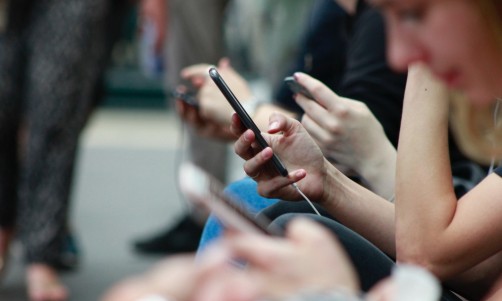Wearables devices such as smartwatches and fitness trackers are not catching on as quickly as manufacturer companies might hope.
Low Wearable Sales In 2016
According to a new report from eMarketer, the wearable market in the U.S. is growing slower than expected. The research firm initially estimated that in the year 2016 the number of wearable owners in the United States would grow by more than 60 percent. However, in its latest forecast the company has been forced to lower its expectations at only 24.7 percent growth.
According to tech experts, the problem is that despite enthusiasm from early adopters, manufacturers of wearable devices have failed to convince consumers to buy their products. The eMarketer report estimates that nearly 40 million adults in the U.S. use an Internet-connected wearable device at least once a month. This is far from the previous forecast of 63.7 million.
Compared to 17 percent of the overall population, about 30 percent of people aged 18 to 34 are using a wearable device. This figures illustrate that, as it was expected for a new tech trend, wearables are most popular among young adults.
According to PC Mag, IDC spotted back in September another trend overlapping the youth trend. According to the market research company, cheap wearables are selling faster than high-end devices like the Apple Watch sold at a price tag of $369.
According to IDC, while smart wearables declined 27.2 percent year over year, sales of basic wearables that don't support third-party apps grew 48.8 percent from the same quarter last year. Forcasting analyst Monica Peart from eMarketer said in a statement that younger adults tend to get into the wearables market primarily with fitness trackers, attracted by a clear use case and a lower price point.
Reasons For Current Wearables Market Trends
The analyst Nicole Perrin from eMarketer pointed out that fitness trackers dominated the market before Apple Watch arrived on the scene. Today, health and fitness tracking remain among the key selling points for the wearable devices. Especially given the higher prices compared with standard fitness trackers, Apple hasn't convinced everyone that a smartwatch is something they need.
According to Tech Crunch, Perrin in the eMarketer report that smartwatches have more features than fitness trackers but no clear use case because they significantly overlap with smartphone functionality. For this reason, the more sophisticated, expensive devices have not caught consumers' interest as quickly as their manufacturers expected.
New reports like the one published by The Street, suggest that even Fitbit could be struggling on the wearable market. For instance, based on channel checks that found its inventory to be particularly high, Fitbit's Charge 2 is not selling as quickly as expected. In the same situation seems to be its Flex 2, with low sale affected by weak demand.
Apple had responded to IDC's latest report by bragging on Apple Watch's success as compared with its own prior sales, according to Reuters. Apple CEO Tim Cook said that the current quarter is on track to be the best yet and Apple Watch sales hit a record during the first week of holiday shopping.
But, after all, it's not surprising that the Apple Watch sold better than before during the 2016 holidays. It is well known by market analysts that this is usually the time of the year where people tend to increase their spending. In fact, ahead of the current holiday season, Apple released a new version of its smartwatch with the aim to increase its sales.














